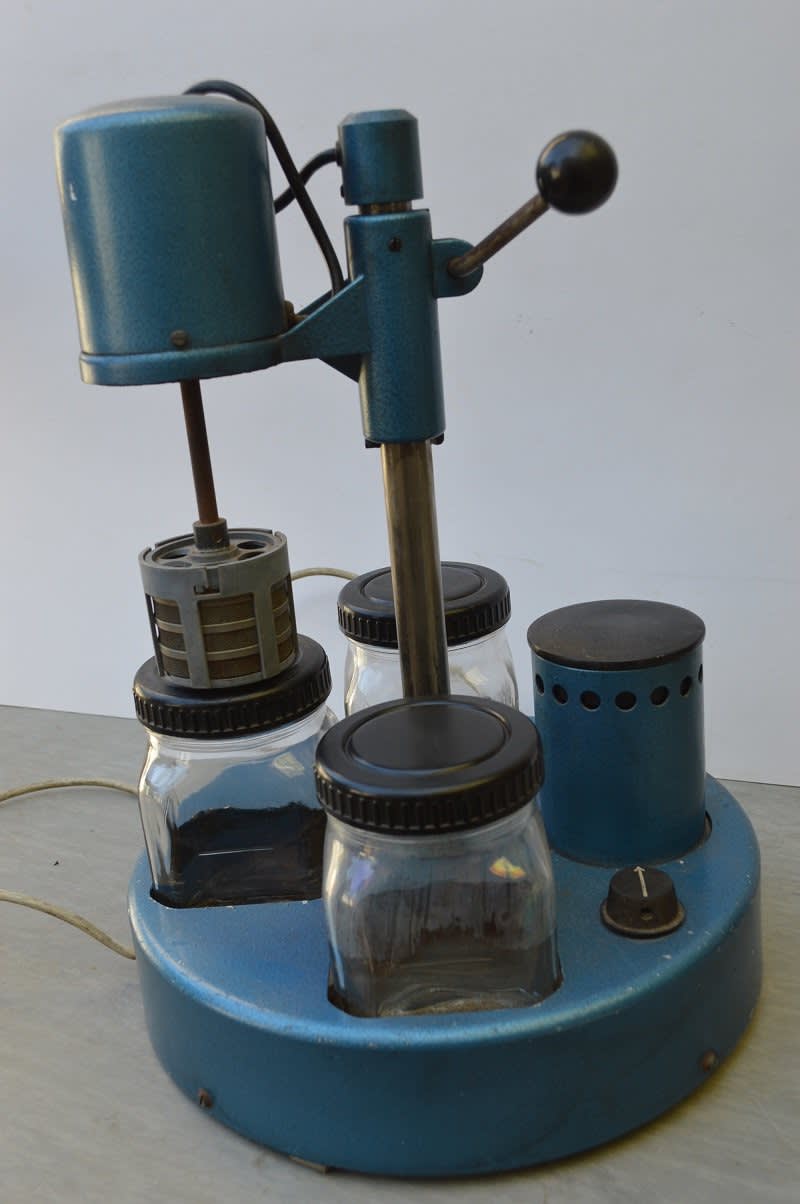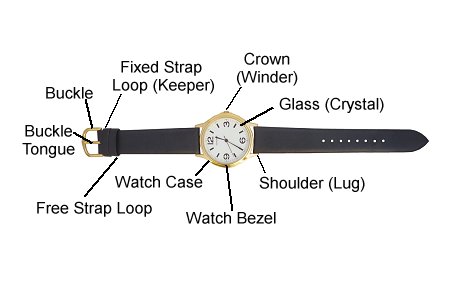


Naphtha is highly flammable when using it, work in a well-ventilated area - out-of-doors, if possible - and wear rubber gloves and a respiratory mask. But it also makes paint dry faster and may make it hard to blend strokes or brush out drips. Naphtha is a more powerful solvent than mineral spirits, so less is needed to thin the same amount of paint. Naphtha is a petroleum solvent similar to mineral spirits but with a greater volatility it is used chiefly as a paint thinner or a cleaning agent. Mineral spirits will dissolve only paint that is still fresh. Turpentine and mineral spirits are good brush cleaners, and turpentine can remove paint that has hardened slightly. They may prefer to use odorless paint thinner. Still, mineral spirits do have an odor that some people may find unpleasant. Most painters prefer it as a paint thinner because it costs less, is not so sticky and has a less offensive odor than turpentine. Mineral spirits, also called ''white spirits'' (trade names include Varnolene and Texaco spirits), is a petroleum distillate specifically manufactured as a substitute for turpentine. Even though turpentine is less toxic than petroleum-based solvents, it can still cause an allergic reaction. Care should be taken when using it to thin oil- or alkyd-based paints otherwise the paint could be overthinned, which can cause it to run or drip. Turpentine has more solvency than mineral spirits. The best grade is called pure gum spirits of turpentine.

It is also known as spirits of turpentine or simply turps. It is produced by distilling the oleoresins from pine trees. Turpentine is one of the few solvents not made from petroleum distillates. Choosing the right solvent can make a job easier using the wrong one can damage tools or a project. Some are used for cleaning, others to thin paint, shellac or varnish. All do-it-yourselfers buy and use a number of solvents. A SOLVENT is a substance, usually liquid, that will dissolve another substance.


 0 kommentar(er)
0 kommentar(er)
